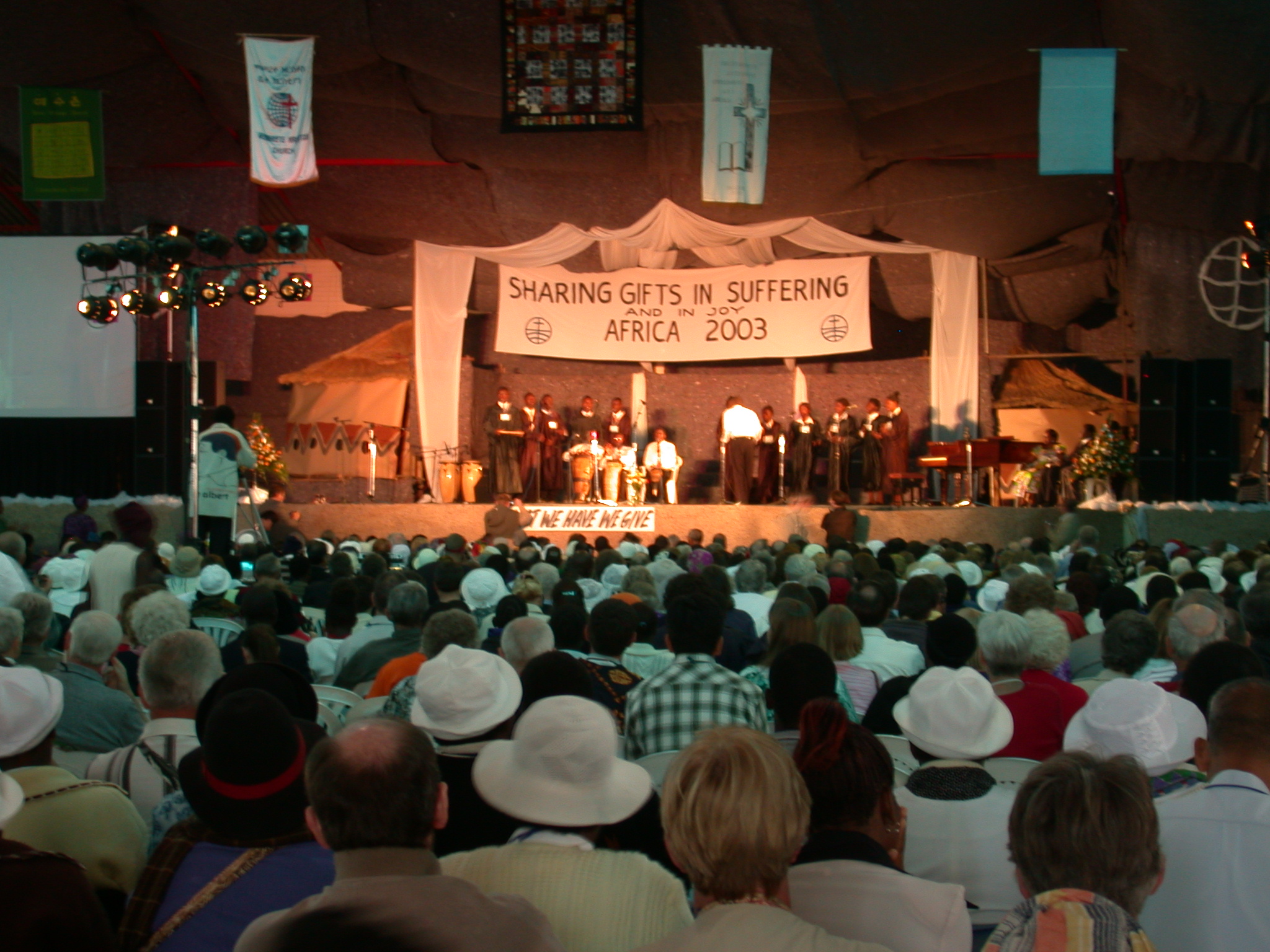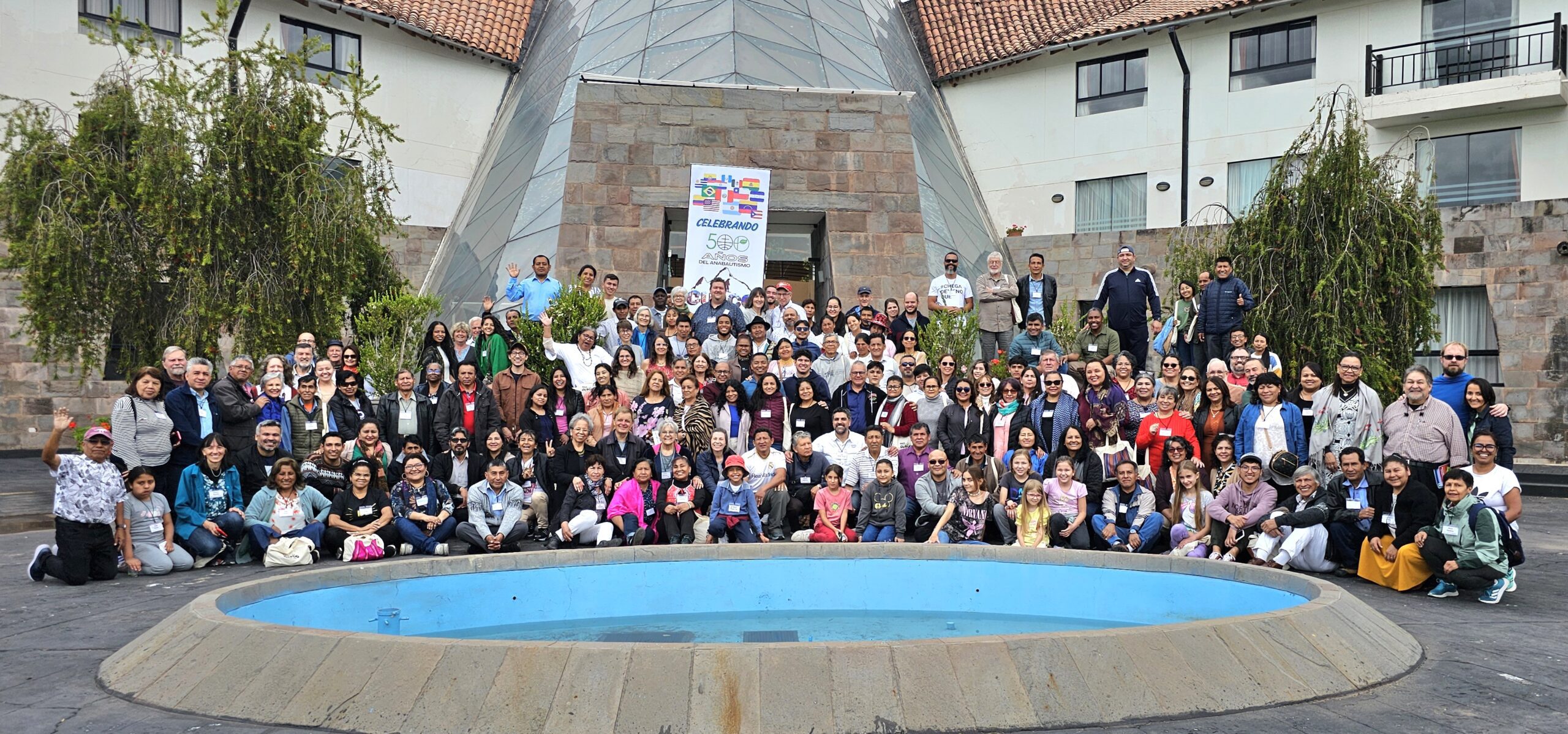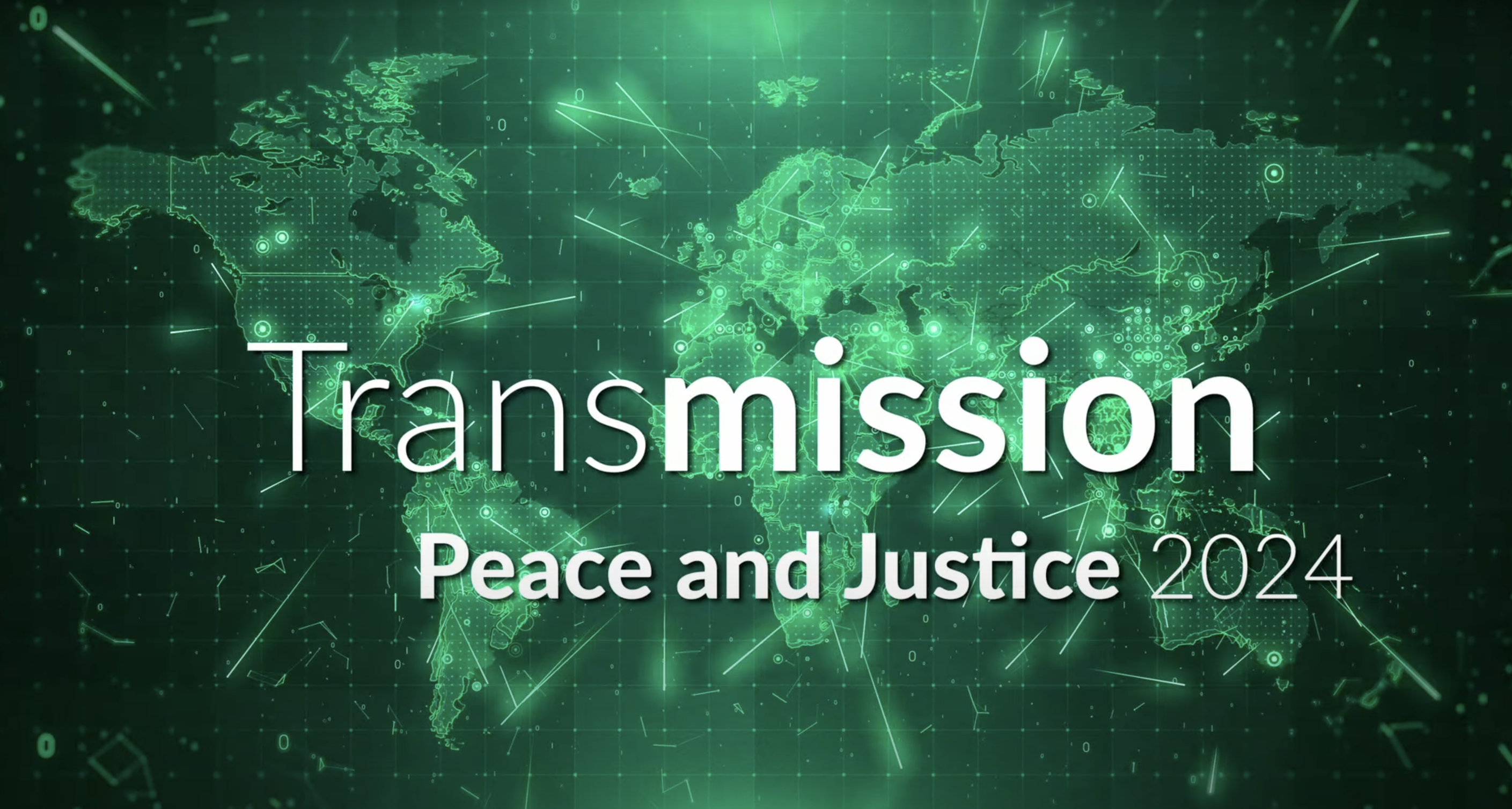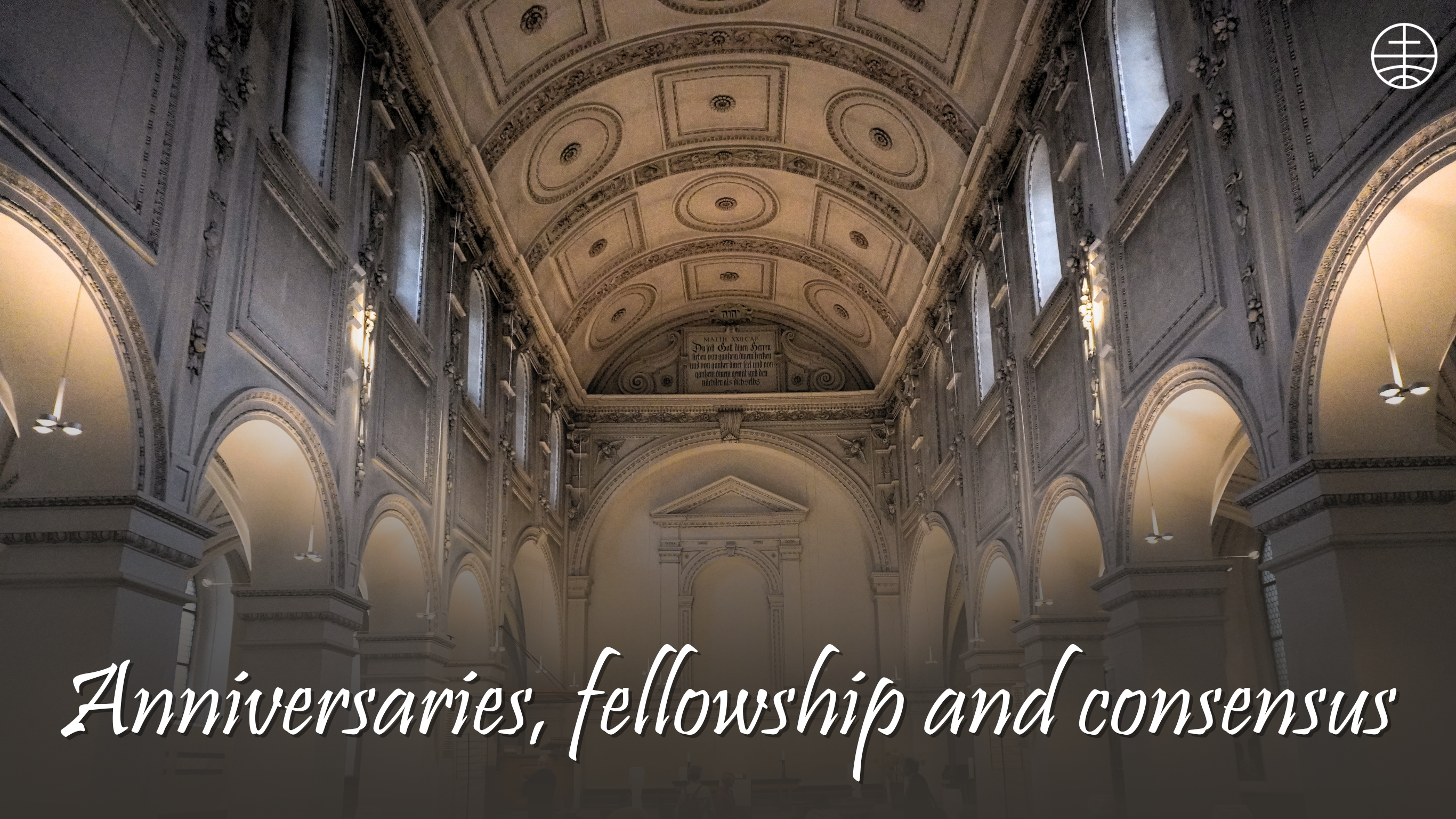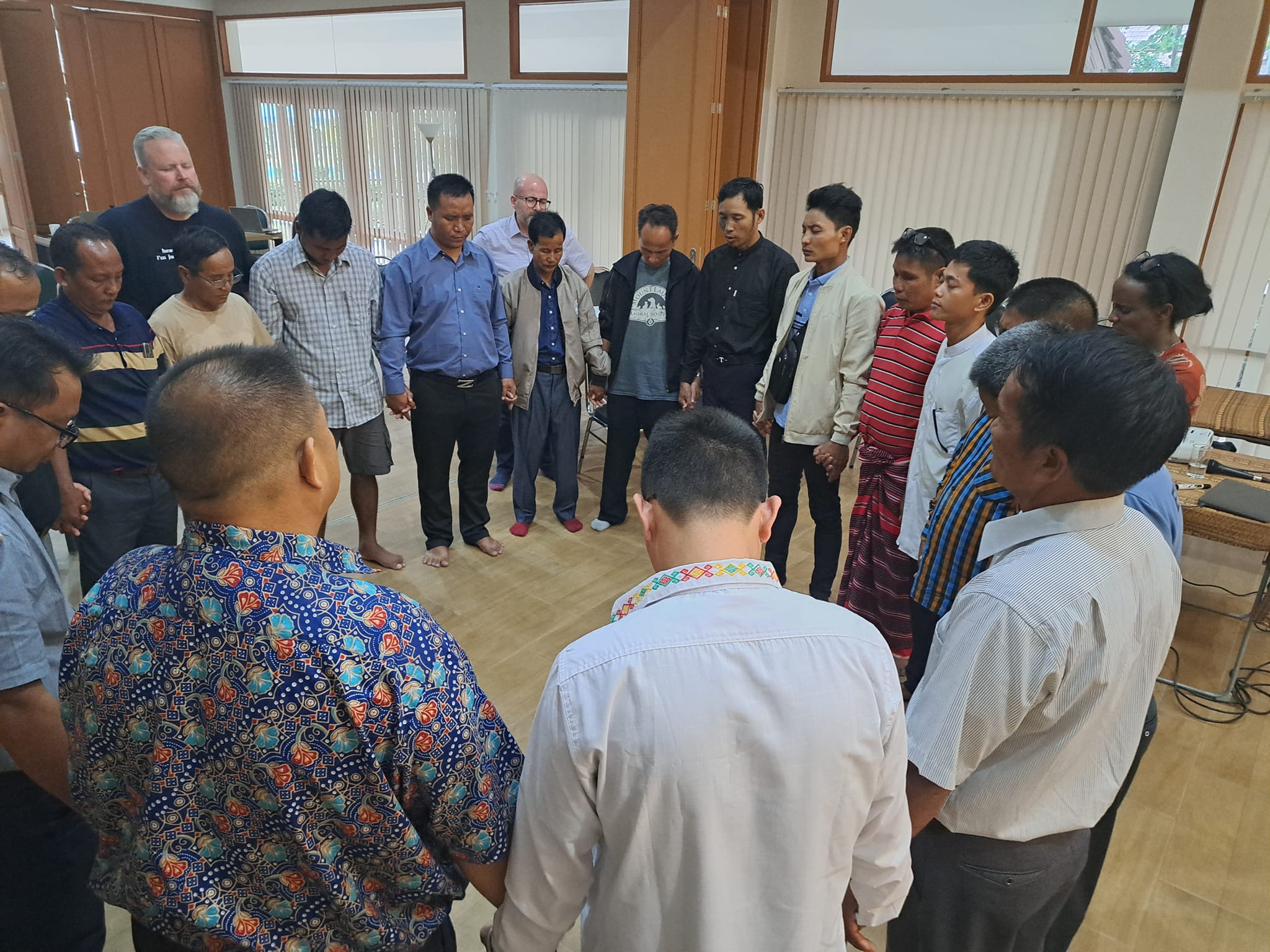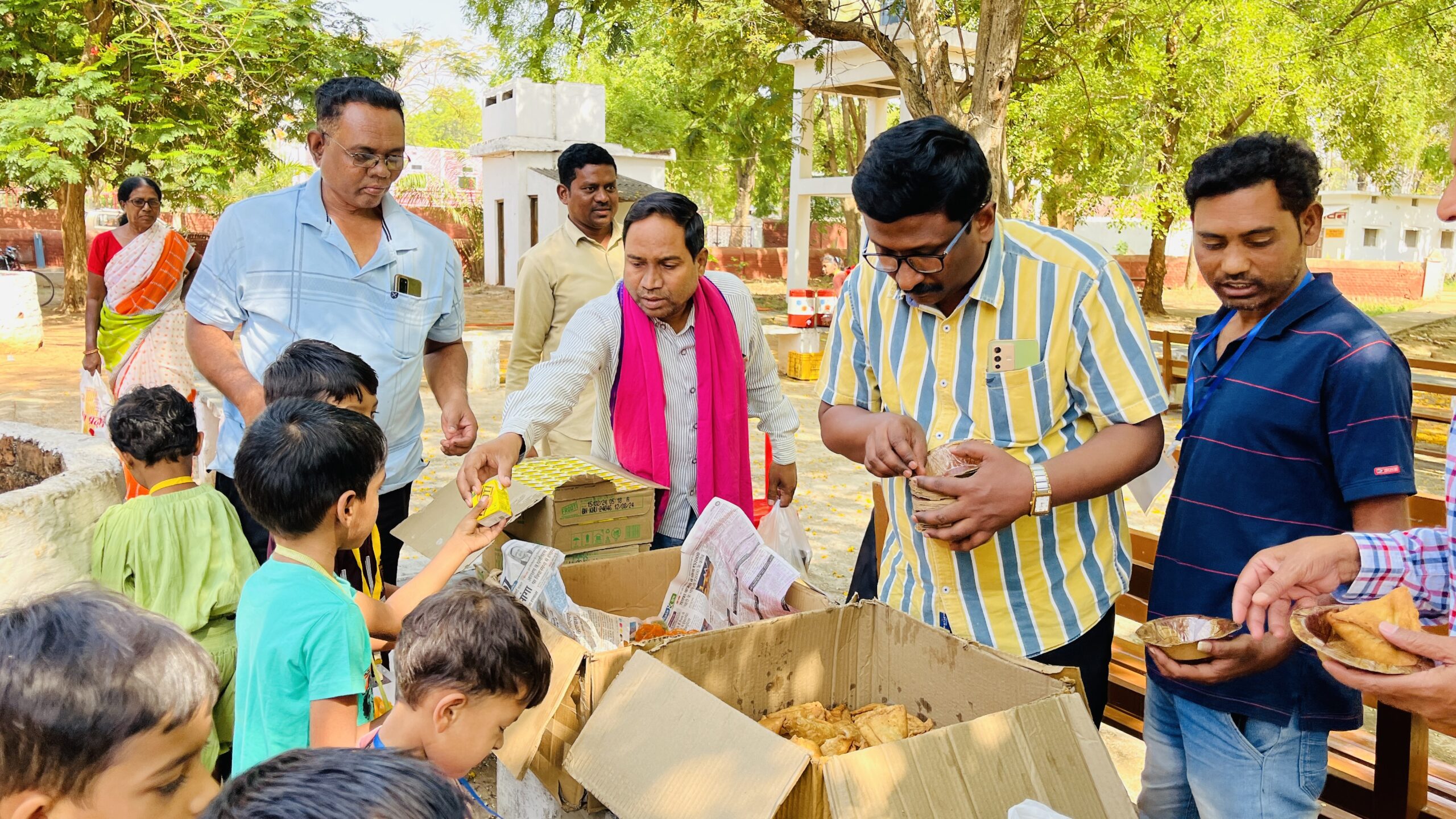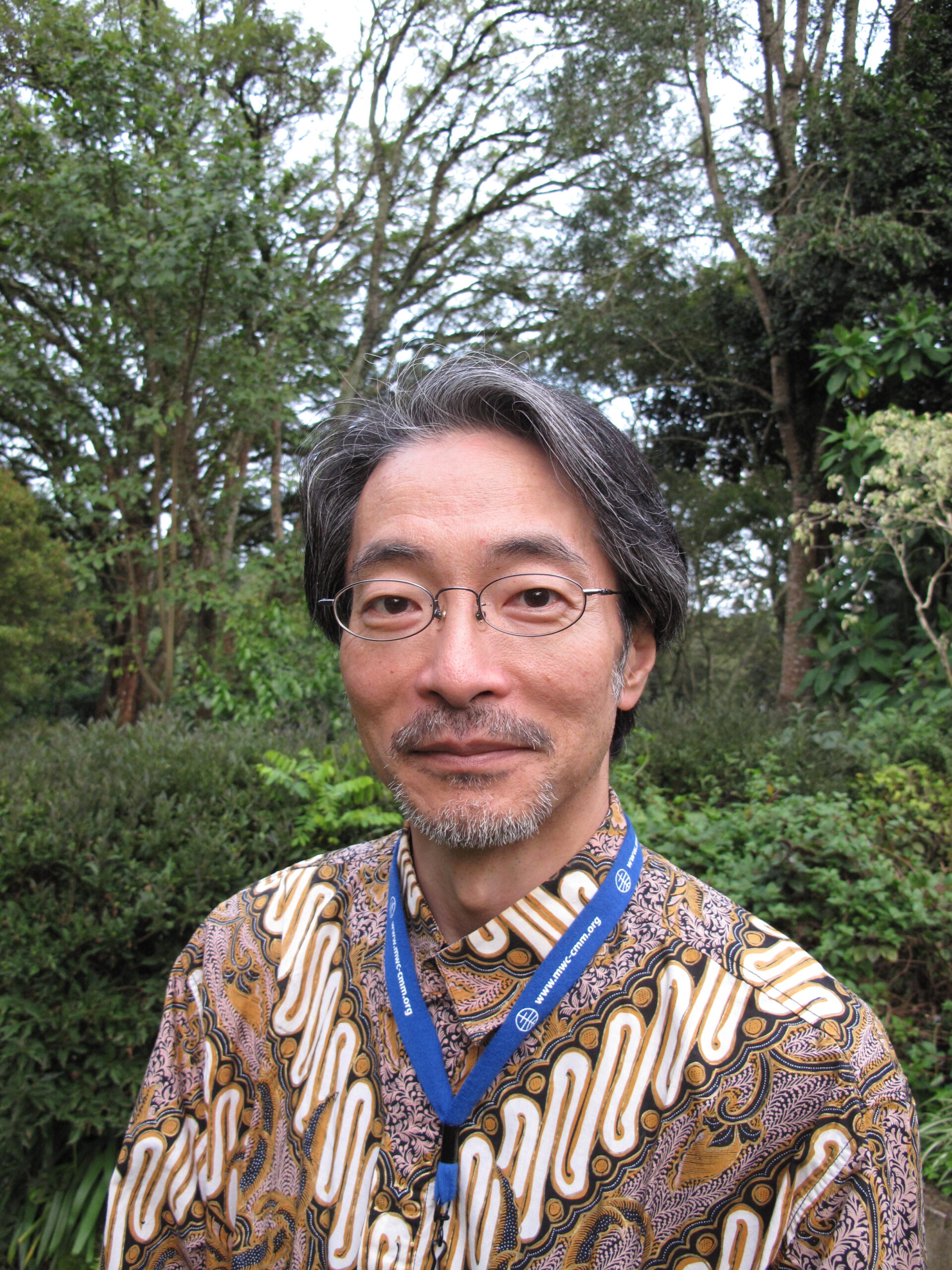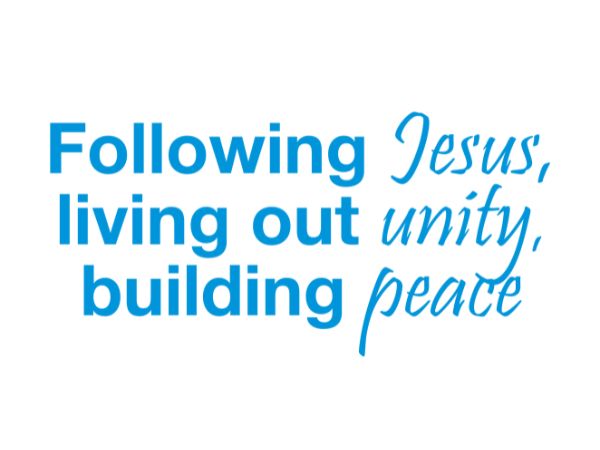-
Reflect back to reflect forward
On this 100th anniversary of Mennonite World Conference, leaders were gathered at Schönblick, Germany, in May to celebrate and to continue the work of MWC through the gathering of the General Council. The Courier editor gathered former leaders (Danisa Ndlovu, J. Nelson Kraybill, Larry Miller, Nancy Heisey) to reflect on the “sweet memories” of watching MWC
-
Trails of blood, sweat and tears
Celebrate, equip, worship: 500 years of Anabaptism Churches around the world are marking the 500th anniversary of Anabaptism with lectures, hymn sings and even regional events. MWC member church Iglesia Evangélica Menonita del Perú hosted “Celebrar, equipar, adorar” in Cusco, Peru 18-22 January 2025 to mark 500 years of Anabaptism. Church members gathered for the
-
Join our anniversary campaign
Marking 100 years of living out unity in MWC through photos, music, trees and more Following Jesus, living out unity, building peace. It’s a new tagline for the mission we’ve always carried as Anabaptists. This is a momentous year with two anniversaries for Mennonite World Conference: Five hundred years of the Anabaptist movement; and 100
-
Four peacebuilding stories in fifth film
“We live in a complicated world. Erosion of trust and breakdown in relationships are all too common. The good news is that as abundant as conflict may be, so is the commitment within Anabaptist Mennonite communities around the world to follow Jesus’ call to work for justice and to make peace,” says Max Wiedmer, producer
-
Anniversaries, fellowship and consensus
Around the world, Anabaptists are marking 500 years of our Jesus-following movement with worship services, historical lectures and regional gatherings. For Mennonite World Conference (MWC), the anniversary year coincides with the triennial meeting of the General Council. Additionally, 2025 is a double anniversary: it also marks 100 years of MWC drawing together Anabaptists into one
-
Yesterday’s martyrs inspire those who suffer today
“Their commitment to passing down the message of peace and the gospel inspires me to live a sacrificial life for peace.” Stories of the early Anabaptist martyrs have shaped and inspired Mennonites around the world for 500 years. They continue to do so for suffering pastors in Myanmar, like the one quoted above. From 25-29
-
Tithes and offerings
Anabaptist World Fellowship Sunday 2025 In many cultural contexts, and particularly in Africa, the offering is as important as the sermon, as a meaningful part of worship. The pastor often asks one of the ushers to pray, to bless the givers, and also that those who are not giving may be blessed to give. Often
-
Commemorating 500 years of Anabaptism
Anabaptist World Fellowship Sunday 2025 Part A: Origin of Anabaptism in 1525 Part B: Origin of Anabaptists/Mennonites in your own country Part C: WCRC and MWC Common Statement of Confession, Gratitude and Commitment Part D: A Responsive reading of gratefulness, based on Psalm 136 This content is provided to give context for Anabaptism@500 years –
-
Counting on love
In 2025, the global Anabaptist movement looks back over 500 years of existence. Mennonite World Conference invites all to a major event on Ascension Day,29 May 2025, in Zurich, Switzerland. Even as we look back on a long past, the focus of the commemoration is on the current reality of the Anabaptist movement. Who are
-
“Remember your baptism”
Could Anabaptist-Mennonites practice “remembering our baptism” as a tool for lifelong discipleship? Although they often baptize infants, both Catholics and Lutherans call upon the believer – sometimes every year – to “remember your baptism” into a life of discipleship. Former MWC general secretary Larry Miller learned this through the five-year process of trilateral dialogues between
-
New tagline reinforces MWC Vision and Mission Statements
If you were to sum up Mennonite World Conference in three phrases, what would you say? MWC leadership has selected a new tag line to do just that: “following Jesus, living out unity, building peace”. “After almost one year of consultative process with Anabaptist theologians and MWC staff, under the facilitation of and change management
-
Devotional written by women for women
In the face of the pandemic’s challenges, “we can sit around waiting, full of fear in the face of the reality we are surrounded by, or we can take advantage of the flexible time and use it as an opening to be creative and productive,” says Mary Cano, general coordinator of MTAL (Honduras). MTAL –
